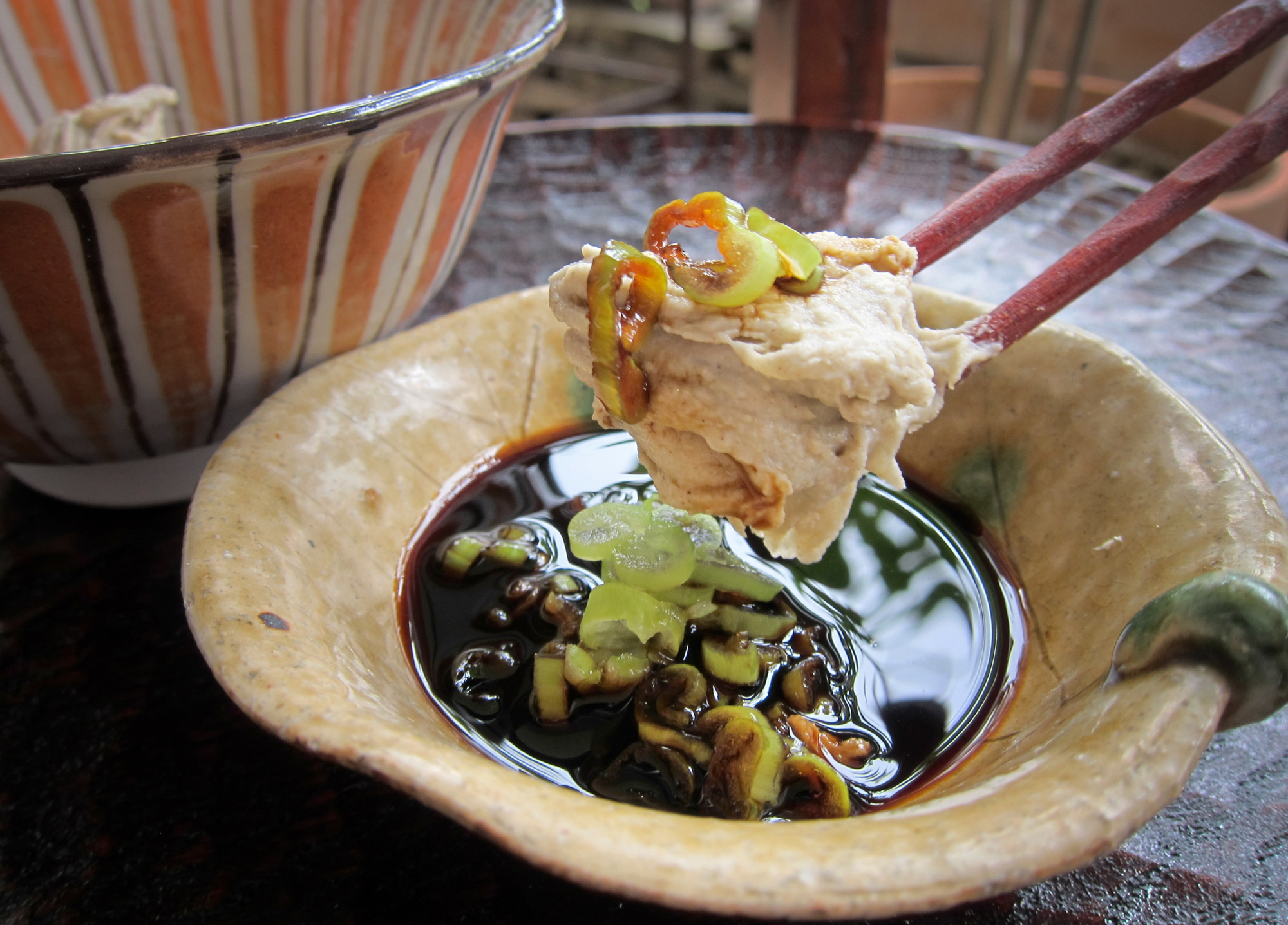New-harvest rice, known as shinmai, is the culinary star of autumn in Japan. But there's another grain that is just as eagerly anticipated at this time of year in many parts of the country: shinsoba, new-harvest buckwheat.
There are two yearly crops of buckwheat in Japan — in summer and fall — but shinsoba only refers to the latter. Aficionados insist that this buckwheat has a delicate, nutty flavor and an aroma that is irresistible.
Although soba originated on the Asian continent, it has been part of the Japanese diet since prehistoric times. Written mentions of buckwheat from the seventh and eighth centuries indicate that it was hulled and steamed as a grain for consumption rather than ground into a flour, and that it was grown as an alternative to rice (along with wheat) during drought periods. The primary soba-producing regions in Japan today — such as mountainous Nagano Prefecture and cold Hokkaido — are the areas where rice was not easy to grow prior to the development of modern hybrids. (Nearly 90 percent of Japan's soba is imported, with most coming from China, but shinsoba is usually of domestic origin since it has to be fresh.)



















With your current subscription plan you can comment on stories. However, before writing your first comment, please create a display name in the Profile section of your subscriber account page.